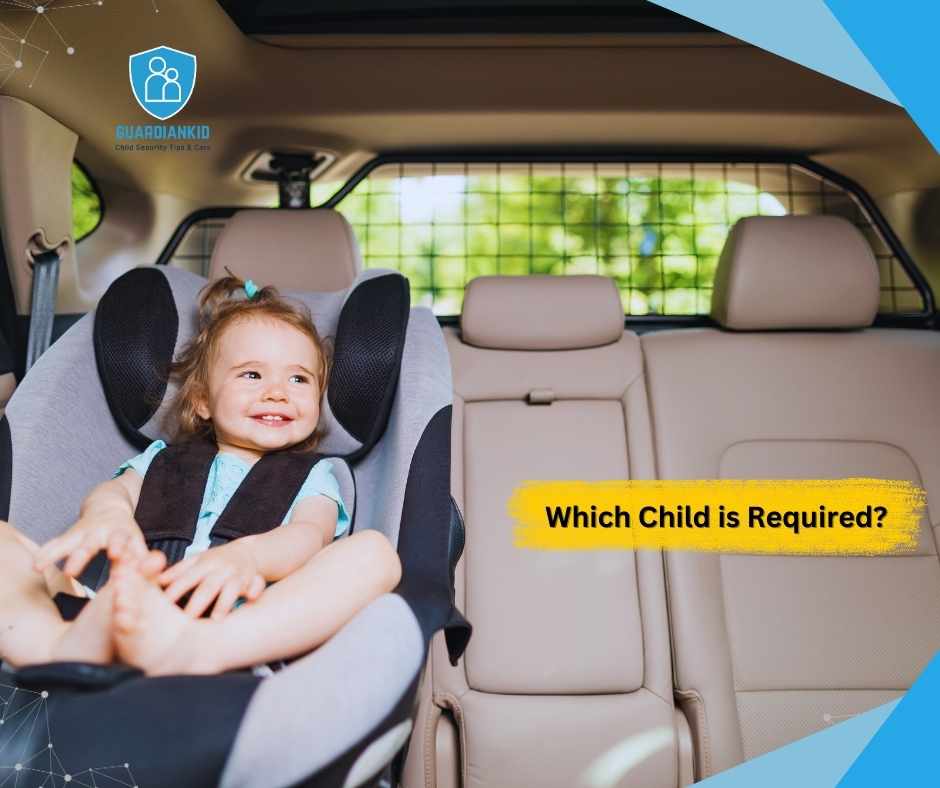Which Child is Required to be in a Child Safety Seat?
Ensuring the safety of children while they’re passengers in a vehicle is a priority enshrined in law and recommended by safety experts. However, with varying regulations depending on location and the changing needs of children as they grow, parents often ask, “Which child is required to be in a child safety seat?” This guide seeks to clarify these requirements and offer insights into best practices for child passenger safety.
Legal Requirements for Child Safety Seats
In general, laws regarding child safety seats mandate that infants and young children must be secured in a car seat appropriate for their age, weight, and height. These laws are designed to provide the highest level of protection for the road’s youngest and most vulnerable passengers.
Age-Specific Guidelines
- Infants and Toddlers: Children under the age of 2 years should always ride in a rear-facing car seat. Some states require rear-facing seats until the child reaches the age of 2 or meets the maximum height and weight for the seat.
- Toddlers and Preschoolers: Once a child outgrows the rear-facing car seat, they should transition to a forward-facing car seat with a harness and tether. Typically, this transition occurs between ages 2 and 4, depending on the child’s growth and the specific seat’s limitations.
- School-Aged Children: Children who have outgrown the forward-facing seat’s height and weight requirements should use a booster seat until the vehicle’s seat belt fits properly. This usually happens between the ages of 8 and 12.
State-Specific Laws
It’s important to note that child safety seat laws vary by state in the United States. Which child is required to be in a child safety seat can depend significantly on where you live. Parents and guardians are advised to check the specific laws in their state or country to ensure compliance.
Best Practices for Child Passenger Safety
Beyond legal requirements, there are best practices recommended by child safety organizations, such as the American Academy of Pediatrics (AAP), that aim to provide enhanced protection for child passengers:
- Use the appropriate seat: Select a car seat based on your child’s age, weight, height, and the seat’s manufacturer guidelines.
- Prioritize rear-facing seats: Keep children in rear-facing seats for as long as possible, as they offer the best protection in the event of a crash.
- Ensure proper installation: A car seat must be installed according to the manufacturer’s instructions. Many local fire stations, police departments, and hospitals offer car seat inspections to verify correct installation.
- Transition at the right time: Move to the following type of car seat or booster seat based on your child’s growth and the limits of the current seat, not just their age.
In answering the question, “Which child is required to be in a child safety seat?” it’s clear that both legal requirements and best practice recommendations emphasize the importance of age, weight, and height-appropriate seating for child passengers.
By adhering to these guidelines, parents can ensure their children are as safe as possible when traveling by car. Remember, the ultimate goal is to protect our children’s lives and well-being on every journey.





